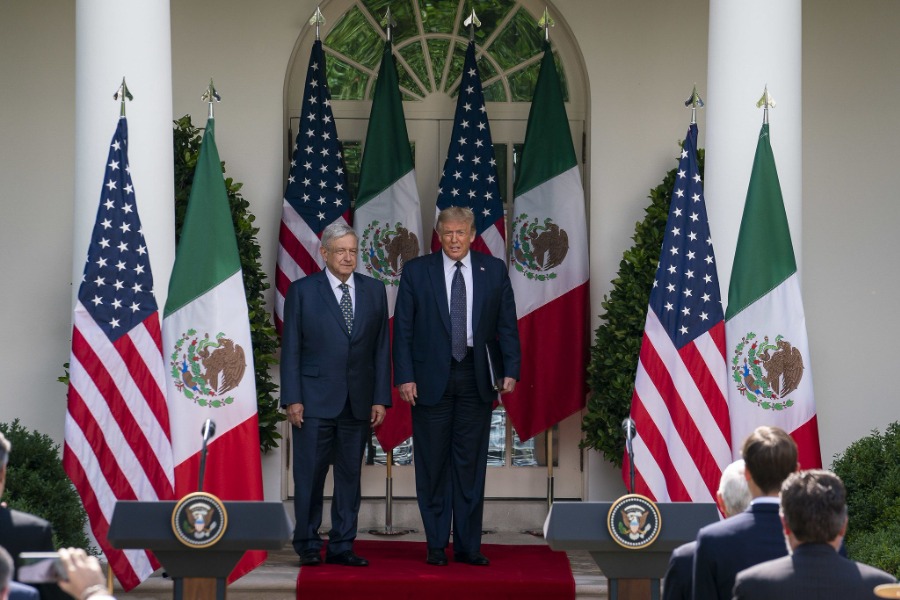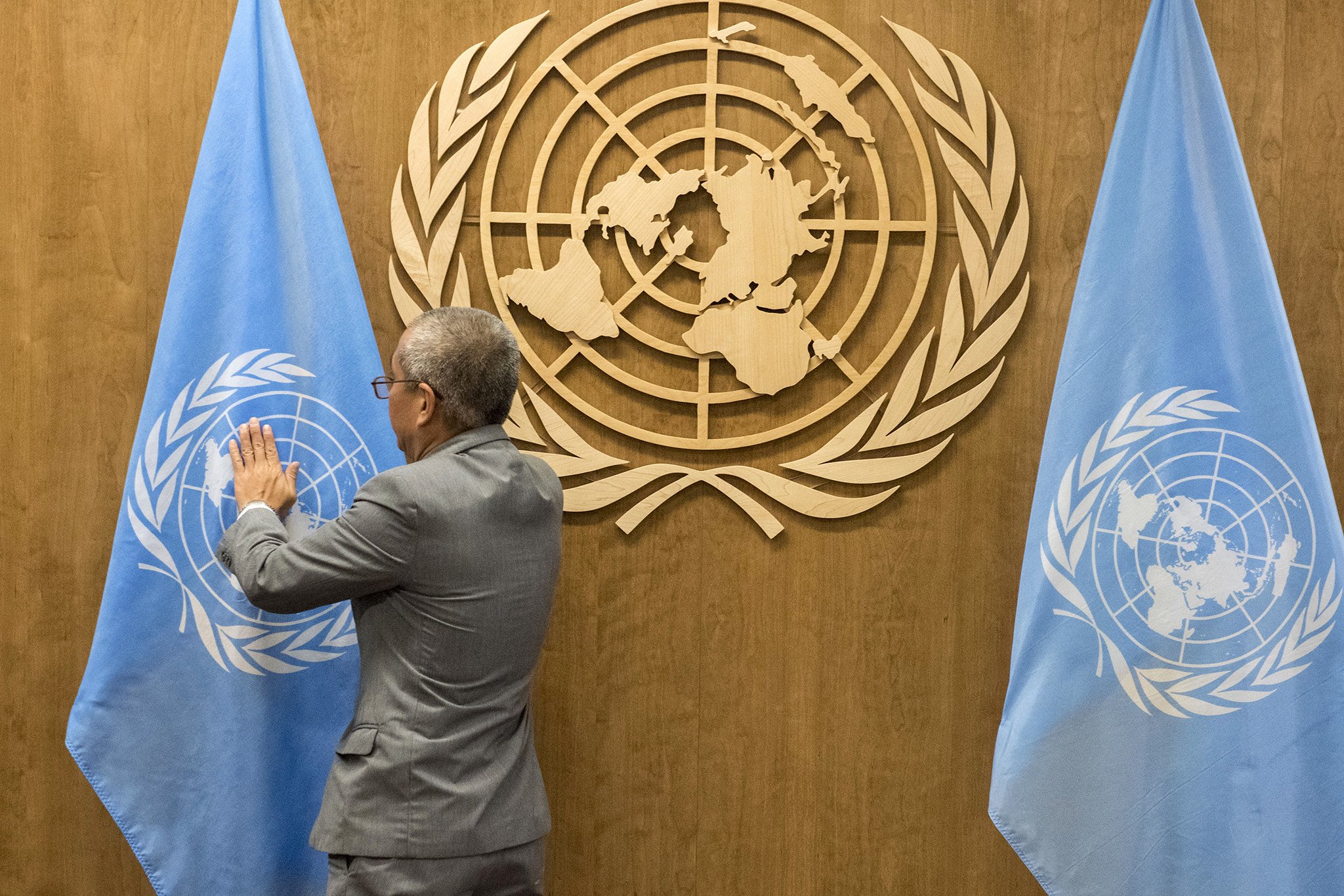"Diplomatic Counterinsurgency: Lessons from Bosnia and Hercegovina," by Philippe Leroux-Martin
Published by Cambridge University Press (2014)
Published by The Lawfare Institute
in Cooperation With

Published by Cambridge University Press (2014)
Reviewed by His Serenity, The Book Review Editor
Philippe Leroux-Martin is a Canadian lawyer-diplomat who over several years served with the post-war UN mission in Bosnia-Hercegovina and, later, as an international legal advisor on Kosovo’s accession to independence during 2008-09. He has gone on to become a Fellow with the Future of Diplomacy Project at the Kennedy School of Government, Harvard University. This book, Diplomatic Counterinsurgency: Lessons from Bosnia and Hercegovina, was written during the Harvard fellowship, and it is divided into two parts. The first part examines in careful detail a diplomatic crisis in Bosnia-Hercegovina, in which Leroux-Martin, as an international official on the ground, as both an observer and diplomatic participant. Although the mission in which Leroux-Martin served was established under the terms of the 1995 Dayton Accords that brought the Bosnia war to an end, the diplomatic incident studied in the book does not date from the 1990s, but instead from 2007, when an intense political crisis rocked the country.
Republic Srpska, the majority Bosnian Serb Entity of Bosnia and Hercegovina, had been resisting international efforts to knit Bosnia back together since the end of the war in 1995. In an attempt to strengthen the efficiency of the country’s parliamentary and governmental institutions, our office [the UN-backed Office of the High Commissioner] enacted measures that triggered an intense confrontation with the leadership of Republika Srpska and that had crucial consequences for the fragile state of Bosnia and Herzegovina.
The crisis, in other words, was as much confrontation with the international political mission acting, in effect, as the international community’s “trustee” for this long-running exercise in post-conflict nation-building, as it was confrontation among national political actors in Bosnia-Hercegovina. The book’s second part takes this detailed descriptive account and analyzes it for broader lessons for diplomacy in post-conflict situations in the contemporary world. It draws from the examination of this six week political crisis — which occurred, not a year or two after 1995, but instead fully a dozen years after the Dayton Accords had ended the actual fighting in Bosnia — three fundamental lessons: First, in post-conflict situations such as Bosnia or Kosovo, war “does not stop with the end of armed conflict,” that is, with the end of actual hostilities. Rather, in such situations, the intervention of foreign parties from the outside is not merely the carrying out of agreed-upon peace terms; instead, they “push armed conflict to morph into intense non-violent confrontations where parties continue to pursue war objectives through non-violent means.” The continuation of the political struggle, Leroux-Martin says, constitutes the “nonviolent extension of war,” or what he terms “nonviolent wars.”
The second lesson of the book is that it is perfectly possible for parties engaged in intense, nonviolent confrontations with existing national or outside political authorities to “undermine or overthrow the power of states — and that of foreign actors supporting them — through nonviolent means. Insurgency and counterinsurgency are not exclusively military concepts … countering legal, administrative, and political challenges against fragile state structures may form an integral part of peace processes - a process for which this book suggests the name diplomatic counterinsurgency.”
The third lesson, Leroux-Martin says, is that the capacity for intervention by outsiders — foreign states, the international community, UN organs and their representatives — to manage these “nonviolent wars” is limited. Rather than engaging in confrontations in which the outside parties’ estimation of their own authority and power to act is excessively, dangerously inflated, those shaping “intervention strategy ought to consider applying power more densely against critical points in conflict systems, and use remaining sources of power to steer conflict away from its violent potential.”
Diplomatic Counterinsurgency is thus about post-conflict nation-building, the construction and re-construction of political institutions. Winning the war is not the same as winning the peace, and nation-building is always going to be a highly fraught activity in a situation in which political groups have not necessarily accepted the legitimacy of the peace itself, even if they are not at that moment engaged in hostilities. The terms for ending hostilities typically reflect compromises necessary to get the parties to end the fighting, but the terms that reach those immediate ends are not necessarily ones that constitute a long term foundation for nation-building or political stability. Outsiders, whether the UN through the authority of the Security Council, or regional actors such as NATO, or foreign states acting, for example, through some legitimating rubric such as “responsibility to protect,” might feel themselves invested with a flaming sword of truth, a girdle of justice, and the whole armor of the god of international law — but the legitimacy invoked thereby comes from the outside, and legitimacy might mean quite different things to different parties on the ground.
The call to modesty on the part of the international community is a useful one. Readers might be skeptical, however, that the notion of “diplomatic counterinsurgency” is truly useful as a metaphor by which to illuminate the proper role of the international community or outside actors in the process of nation (re-) building. Likewise the argument that active hostilities - the shooting war - gives way to a political struggle that is war and its continuation by other means. What Leroux-Martin appears to mean is that there is a difference between ordinary politics in a settled domestic society, and politics of a kind, conducted even nonviolently by a party unreconciled to the terms of peace - a party quite happy to rend the fragile political order in pursuit of its war aims, at least at the strategically advantageous time. That is true, but many readers might think it’s not clear that the invocation of “nonviolent war” and “diplomatic counterinsurgency” clarifies this distinction.
What’s analytically most needed is a principled way to distinguish between “legitimate” politics and the kind of politics exemplified by, for example, “one person, one vote — one time.” Reading the book, His Serenity found himself recalling a passage (somewhere!) in the late Tony Judt’s monumental history of Europe after 1945, Postwar. The harsh lesson of the war years, and even more, perhaps, the interwar years, Judt noted, taught the leaders of Western Europe’s post-war nations that “legitimate” politics had to hew to the center, a center-right party and a center-left party that - crucially - hewed to each other as constituting the legitimate democratic politics of the nation rather than to the extremes. No more Weimars.
But creating these conditions requires that genuine, true, committed irredentists and dissenters from the political settlement that ended the conflict be well and truly de-legitimated and marginalized. This is not what happens in quite a lot of wars, however. In its way, Diplomatic Counterinsurgency aims to try and find a way to manage parties to a conflict that remain essentially unreconciled to the post-war political order contemplated by the terms of the diplomatic agreement.
Part memoir, part technical legal analysis, part diplomatic history, Diplomatic Counterinsurgency will likely be most useful to two kinds of readers: those wanting a detailed account of Bosnia-Hercegovina and (to a lesser extent) other parts of the former Yugoslavia following the Dayton Accords; and those wanting a detailed case-study by which to consider the political terms of diplomacy in post-conflict conditions.




